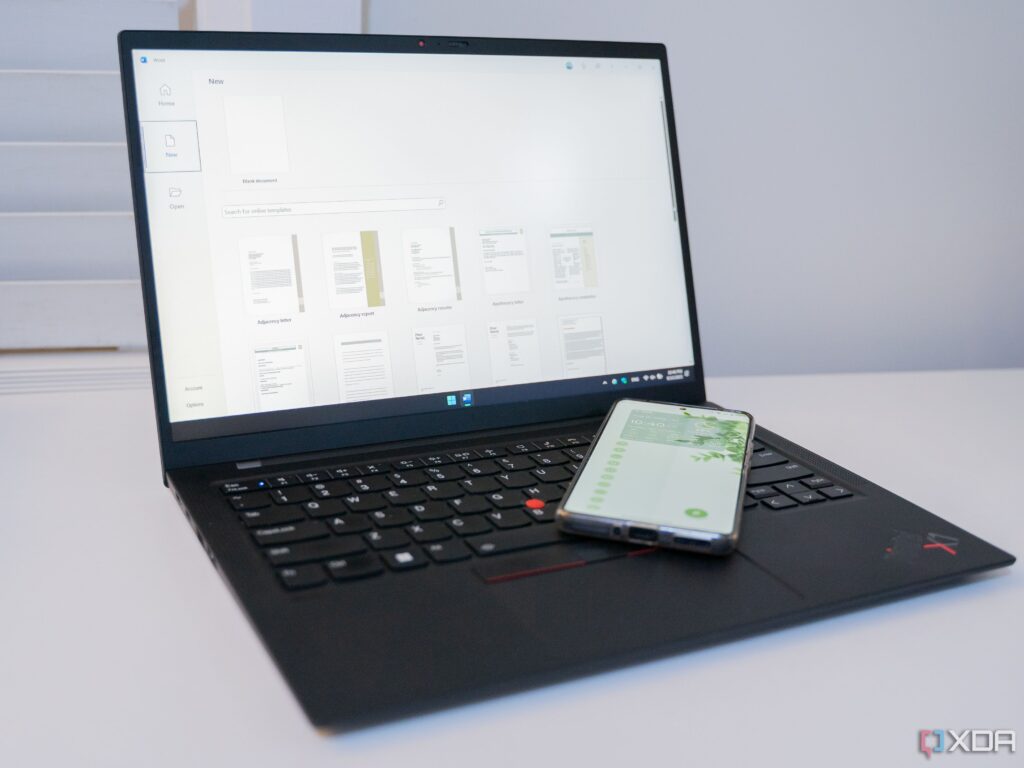
URGENT UPDATE: An increasing number of users are switching from dark mode to light mode in their applications, citing improved mood and readability. As of now, many digital platforms are witnessing a surge in users embracing the brighter interface, impacting both personal and professional productivity.
Recent findings suggest that while dark mode has gained popularity for its aesthetic appeal, light mode may significantly enhance user experience. One study from the National Library of Medicine indicates that dark mode could help reduce eye fatigue, but the benefits remain inconclusive. As users explore these visual options, the debate intensifies over which mode really offers the best eye comfort and readability.
Multiple studies are shedding light on this ongoing trend. Notably, research from Østfold University College in Norway reveals that dark mode is more effective in bright environments than in dim settings, contradicting the common belief that it’s preferable for night-time usage. In fact, light mode has been shown to enhance reading performance, especially when used in low-light conditions, according to analysis by the Nielsen Norman Group.
Interestingly, the Institut für Experimentelle Psychologie in Germany found that participants performed better on visual tasks in light mode, with no significant difference in fatigue levels between the two modes. This raises questions about the effectiveness of dark mode for users seeking comfort during prolonged screen time.
Despite mixed results on eye strain, many users, particularly students in Nepal, overwhelmingly prefer dark mode. A recent survey indicated that 79 percent of respondents in the 15-29 age group believe it reduces eye strain, demonstrating a disconnect between scientific findings and user perception.
As users grapple with these revelations, the impact of interface design on daily productivity becomes increasingly vital. The switch to light mode is not merely a matter of preference; it can affect mood and efficiency. Light mode’s brighter colors are reported to create a more engaging environment, making tasks feel less tedious.
However, the complexity of implementing dark mode cannot be overlooked. Developers face significant challenges in redesigning applications, particularly large platforms like Discord and Microsoft Teams, where ensuring consistency across various design elements is crucial. Poorly executed dark modes can lead to reduced readability, counteracting the intended benefits.
As the digital landscape evolves, users are encouraged to choose the mode that best suits their needs. For those using OLED displays, dark mode may still hold value for battery conservation. Users may find themselves switching back and forth between modes based on their tasks and environments.
What’s next? As this trend develops, expect more applications and platforms to refine their interface options, catering to user preferences. The conversation around dark and light mode will likely continue as new research emerges, influencing how millions interact with their devices.
Stay tuned for further updates on this evolving topic as experts continue to unravel the science behind user interface preferences. For now, the recommendation stands: choose what feels right for your eyes and enhances your productivity.





